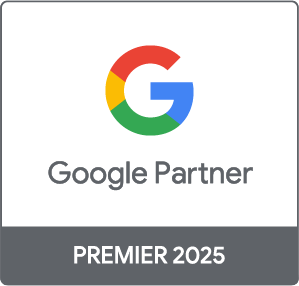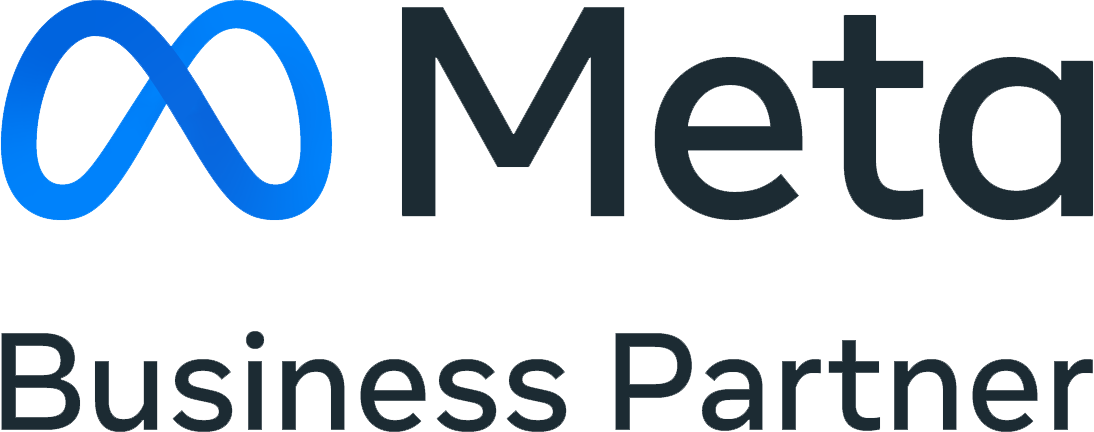
AI continued to be a fundamental topic at the Digital Summit Philadelphia over both days.
Getting your brand recommended by AI models is less about finding a secret trick and more about building a foundational strategy for the modern web. The key insight from the summit is that while AI automates efficiency, human strategy, genuine authority, and emotional connection remain the core drivers of sustainable digital growth.
In the age of generative AI, you have to earn recommendations by making your brand the most trusted and easy-to-understand source of information in your industry. This approach can be broken down into three major pillars: embracing AI as a strategic tool, mastering Google’s EEAT framework, and prioritizing emotional and visual brand identity.
Embrace AI as an Augmentation Tool
The first step is to shift your mindset. AI, particularly in advertising and search, is an augmentation, not a replacement. There was significant discussion at the summit about the accelerating integration of AI into platforms like Google Ads and the worry that automation will fully replace the human advertiser. The consensus strongly refutes this, positioning AI as a highly effective supplemental tool that elevates human strategy.
The relationship between AI and Google Ads is following a similar path. Google’s push toward tools like Responsive Search Ads and Performance Max enables the use of machine learning to automate time-consuming tactics such as real-time bidding, creative iteration, and audience expansion.
However, this automation increases the need for sophisticated human insight. AI models are only as good as the inputs they receive. Marketers must remain responsible for the high-level strategy:
- Defining Strategy and Objectives: Humans must set the core business goals, such as the Target CPA (Cost Per Acquisition), ROAS (Return On Ad Spend), or new customer acquisition metrics; AI then optimizes campaigns to meet those goals.
- Providing High-Quality Inputs: The quality of the ad creative, the landing page experience, and the audience signals provided by the marketer directly determine the success of the AI-powered campaign. Poor input leads to poor AI output.
- Oversight and Interpretation: Automated insights require human interpretation to translate them into actionable business strategy, such as identifying a market shift or an inventory gap.
Basically, AI automates the tactics, freeing the marketer to focus on the higher-level strategy and creative direction. The human must remain the pilot and the navigator of the campaign.
Google EEAT
The foundational importance of Google’s EEAT framework is amplified in an era saturated with generic, AI-generated content. EEAT stands for Experience, Expertise, Authoritativeness, and Trustworthiness, and it is the standard by which Google’s Quality Raters evaluate the quality, reliability, and helpfulness of a page.
With the rise of AI Overviews and conversational search interfaces, content that demonstrates strong EEAT is highly favored to surface in these high-visibility, AI-curated results.
Experience
Experience is essentially hands-on knowledge. To demonstrate it, a product review should be written by someone who has actually used the product, often evidenced by unique photos or videos. A travel guide should feature commentary from someone who has visited the location.
Expertise
This refers to the knowledge and skill of the content creator. For “Your Money or Your Life” (YMYL) topics, the author must possess relevant, verifiable professional credentials (i.e., a doctor writing medical content or a CPA writing financial advice).
For non-YMYL topics, expertise is shown through deep specialization. Consistently publishing high-quality, niche content establishes the creator as a subject matter expert in the eyes of both users and Google’s algorithms.
Authoritativeness
Authority is about the reputation of the creator and the website, determined largely by what others say about the brand.
- Citations and Backlinks: This remains the classic measure of authority. When reputable sources (news organizations, universities, industry leaders) link to or reference your content, it signals that your site is a go-to source in the field.
- Knowledge Graph Ownership: Actively managing and optimizing your brand’s presence in Google Knowledge Graph and other reliable entity databases reinforces your authority.
Trustworthiness
Trust is the foundational element; if a user cannot trust the page, the other elements are irrelevant. Trust is built by:
- Transparency and Security: Having a secure website (HTTPS), clear privacy policies, accessible contact information, and transparent authorship.
- Accuracy and Reputation: Ensuring all claims are factually accurate, cited, and backed by verifiable sources. Crucially, you must monitor and manage your brand’s overall online reputation, including third-party reviews and news mentions.
Prioritize Visual and Emotional Identity
A key takeaway from the summit challenges the idea that consumers form relationships with a brand through explicit, lengthy brand messaging. In a mobile-first, highly distracted world, consumers’ relationships are forged more through visual representation and emotional affinity.
Consumers are bombarded by visual stimulus across fragmented, feed-based platforms, aka the “rift screen.” In this environment, the brand’s ability to create an immediate, visceral, and emotionally resonant visual identity is paramount. This means:
- The Rise of Iconography and Instinct: Moving beyond verbal messaging like taglines and mission statements.
- Affinity Over Authority: While EEAT builds algorithmic trust, strong visual content drives human connection.
- Context as King, Not Content: The where and how of message delivery matters more than the message itself.
The bottom line for marketers is to double down on human-centric strategy, genuine expertise, and a compelling visual identity.
For more information, visit harmelin.com, or connect with us on LinkedIn or Facebook.





